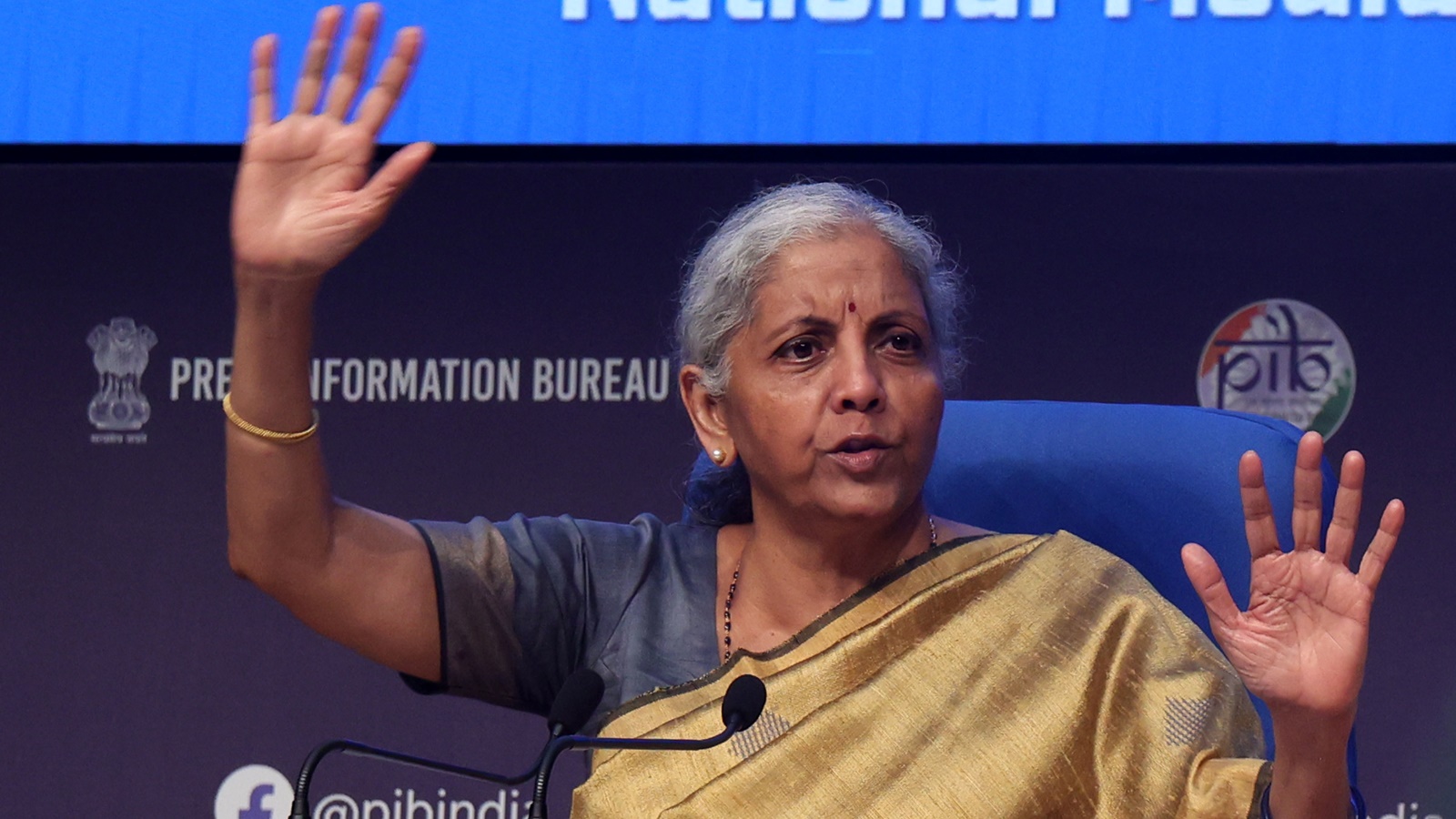 |
|
The Goods and Services Tax (GST) regime in India, despite its ambitious aim of simplifying indirect taxation, continues to be plagued by complexities arising from its multi-rate structure. Businesses, large and small, grapple with the confusion and inconsistencies that arise from the varying tax rates levied on different goods and services. This has led to calls for a more streamlined system, one that fosters ease of compliance and minimizes litigation.
The article highlights several examples of the oddities inherent in the current GST framework. The differing tax rates on buns and cream buns, with customers opting to buy them separately to save money, illustrates the illogical nature of the system. Similarly, the tax disparity between pizzas consumed in restaurants and those delivered at home, and the ambiguous categorization of Nestle's KitKat as a chocolate or a biscuit, expose the flaws in the classification system. Furthermore, the article criticizes the 18% GST levied on medical and life insurance, arguing that it amounts to taxing uncertainties in life.
Many experts, including the 13th Finance Commission, have advocated for a single rate GST system, arguing that it would simplify compliance, reduce rent-seeking opportunities, and free up resources for businesses. The report of the Chief Economic Advisor, while recommending a three-rate structure in the short term, also recognized the advantages of moving towards a single rate system in the medium term. However, despite these calls for rationalization, the GST Council has been hesitant to undertake the necessary reforms.
The current five-rate structure, coupled with the compensation cess, adds to the complexity and administrative burden for businesses. While the Council has acknowledged the need for reform and has referred the issue to a Group of Ministers, there appears to be a lack of urgency in addressing the matter. The continued delay in simplifying the GST structure will only exacerbate the existing problems and hinder the smooth functioning of the Indian economy.
India's multiple rate structure stands in stark contrast to the simpler tax systems implemented in most other countries. According to the World Bank, a majority of countries surveyed have opted for a single or dual rate system, highlighting the need for India to reconsider its approach. The continued expansion of the GST tax base, along with the efforts made to curb leakages from the system, should be complemented by the much-needed reform of the rate structure. The GST Council must prioritize rate rationalization to ensure a more efficient and equitable tax regime for businesses and the economy as a whole.
